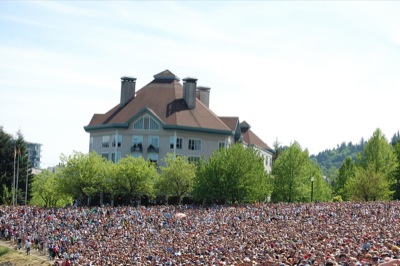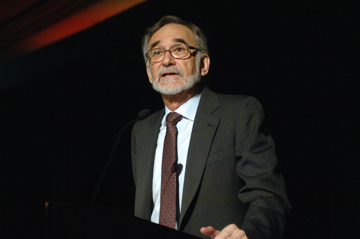A newspaper in Gilroy, a little town south of San Jose famous for its garlic festival (even though they don’t grow garlic there anymore), is ecstatic that the Valley Transportation Authority (VTA) is beginning to “accept the reality” that the 16-mile BART-to-San-Jose line will never be built. But this jubilation is premature.
According to the article in the San Jose Mercury News that led to the Gilroy editorial, VTA’s general manager, Michael Burns, says, “we can’t afford all the projects” in VTA’s long-range plan, “and this will generate questions, especially about BART.” However, Burns didn’t dare suggest that they shouldn’t build BART at all, but merely proposed that they “phase it in.” They might build the first 12 miles to the edge of San Jose, then later build the last four miles (which, because they would be underground, will cost as much or more than the first 12) later.
At least some members of the board (which consists of members of the various city councils in the region) were not persuaded. “Clearly, BART is the No. 1 project,” says San Jose’s mayor, adding that “it needs to go all the way.” Damn the lack of funds; full speed ahead!
Continue reading →









